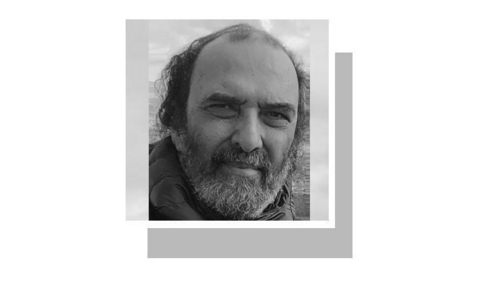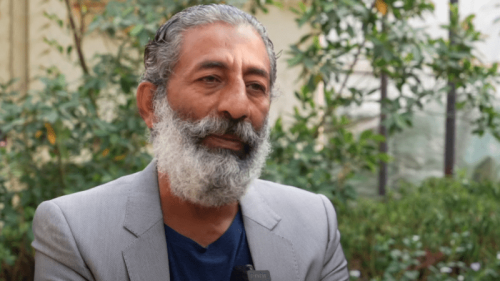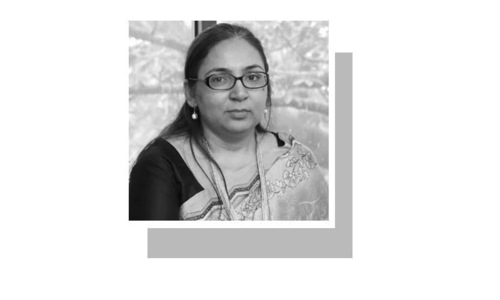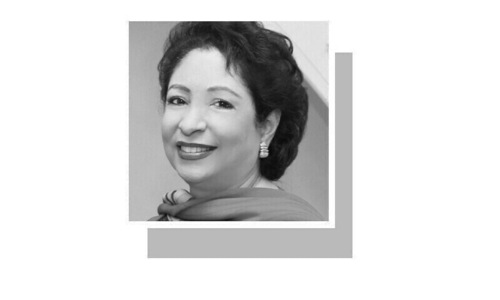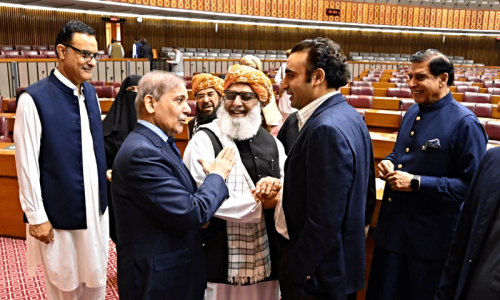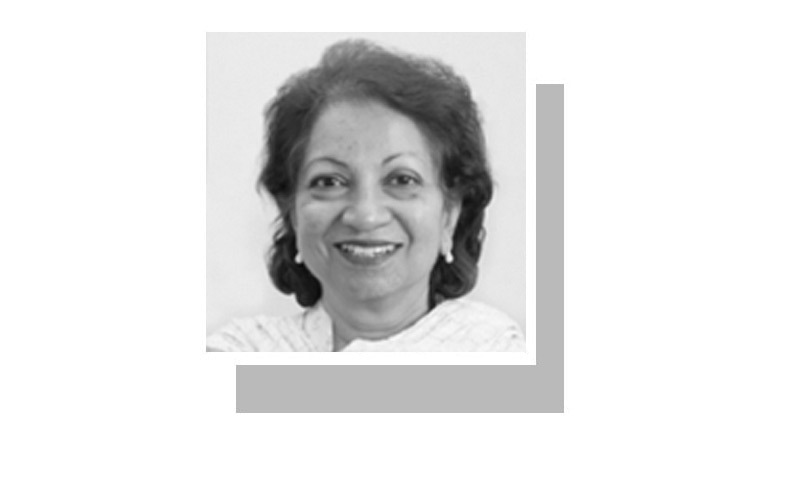
IT is estimated that by 2030, we will number 250 million, and more than 315m by 2050. Surely it does not take much to imagine how today’s fight for water, for space on public transport, for food and dwindling natural resources will exacerbate into a war-like situation in the next decade or so. Have any of our leaders thought of the implications as we rapidly move towards becoming the fifth most populous nation — five times more numerous since independence?
The census is scheduled for this year. It has only to confirm the 200m figure being bandied about. Will we blink if it is 5m or 10m more? This census is likely to have a greater estimate range of the count than previously. It will produce an intercensal population growth rate of around two per cent, much lower than 2.6pc in the 1998 census, but still high by any comparison. The results will be accepted, though there will be political dissent in ethnic groups supposedly fighting for resource shares.
Are we more interested in electoral and NFC shares than numbers and the quality of life for individuals? Will it make a huge difference if Punjab’s share shrinks to 50pc from 54pc or if Karachi’s population is 2m, 3m or 5m more than the latest count? We must depoliticise the census and recognise that the exercise is about counting all our people to provide services such as schooling, healthcare, living space, decent work and clean air. At the moment, most politicians see the count as important not in terms of planning needs but because it will swell or reduce their vote bank.
Bureaucrats and politicians have yet to recognise the urgency of tackling the population challenge.
Some hard facts have been overlooked. We could have come very close to achieving our MDG target of reducing maternal mortality if our population numbers had remained static and not spiralled in the last few decades. The out-of-school population would have shrunk rather than increased and we would not have gone from being a water-abundant to a water-scarce nation. The figure (44pc) for children facing stunting would have been much lower; and we could have reaped a demographic dividend with more than two percentage points additional economic growth if we had concentrated on reducing unwanted fertility and caught up with the rest of the region that has performed much better.
As we attempt to keep up with the SDGs, are we aware of how hard our task is? We are the last in line for reducing fertility in order to curb the growth rate and wipe out inequalities. Rural, urban and income inequalities mean the rich end up with the two to three children they really want while the poorest have closer to six children, with almost two who are unwanted. This perpetuates higher dependency ratios and makes the poverty trap more likely. No effort to eradicate poverty will be successful without a simultaneous effort to reduce high fertility amongst the poorest.
But who is in the greatest denial? Having engaged with religious leaders, politicians and media for over three years to raise awareness about population facts, the Population Council and UNFPA have found that it is those closest to policy implementation — bureaucrats and politicians — who are farthest from recognising the urgency of tackling the issue. Especially in denial are health practitioners who still contest whether the poor really want fewer children; they are missing opportunities to make a difference when they do not regard dispensing family planning advice and services to those they interact with as part of their duties.
Above all, if it is a question of the fear of religious backlash, it is ironic that the mullahs too realise that this is a public need and many openly support birth spacing. Excepting Afghanistan, no other Muslim county has fertility rates as high as Pakistan’s; truly shameful is our position on the gender parity index, as are our abysmal reproductive health indicators. Bangladesh, Iran and Nepal are outstanding examples of countries confronting population issues, recognising early on that rapid population growth is detrimental for the country’s survival.
Values related to having children changed about 10 years ago. The demographic transition began by 1991, when a significant proportion of couples began to control fertility. But then complacency set in and we lost more than 25 years by not proceeding to the second stage of the fertility transition. We expected it to happen automatically without policy interventions. It has been more than 20 years since Pakistan took its biggest stride in setting up the much-lauded Lady Health Workers’ community-based family planning and primary healthcare programme, which had a huge impact on fertility-related norms of behaviour. This programme too is suffering, its coverage is still not universal and family planning not its focus.
Demographic data shows that an ideational change has occurred in Pakistan in the last couple of years. Families now value education and health for their children instead of relying on the latter as old-age support. This is clear from the evidence showing that both men and women want fewer children and unwanted pregnancies and induced abortions are on the rise.
The federal government will pass the acid test of governance if it successfully conducts a census before its tenure is up. And the PML-N in Punjab, PPP in Sindh, and PTI in KP will be lauded, especially by the poor, if they provide reproductive health services that enable the people to successfully invest in a better future for their children. In general, the respective governments, that have the responsibility of providing services post 18th Amendment, must wake up to their looming failure to meet the gap in aspirations — particularly those of the poor for educating their children and providing maternal and family planning services of the quality they now expect.
This is thanks to the images conveyed through the mass and social media and mobiles, which are true equalisers; the masses now recognise their rights in demanding the same services as those being utilised by the elite. This is demonstrated in the rise in private schooling and private healthcare even among the poor.
Our leadership believes that numbers count in terms of strength, but remember that revolts happen when people’s rights and aspirations are denied to them. It is time to learn what is on people’s minds before it is too late.
The writer is a demographer who is country director of the Population Council in Pakistan.
Published in Dawn, January 7th, 2017


